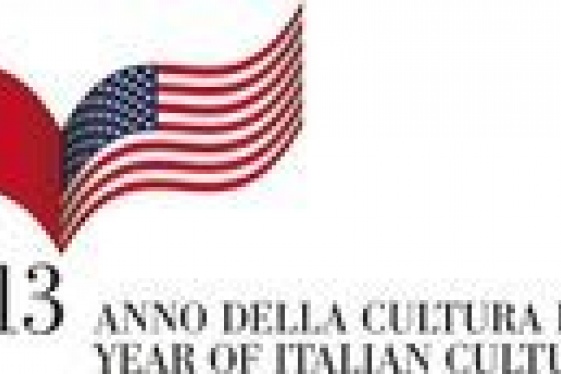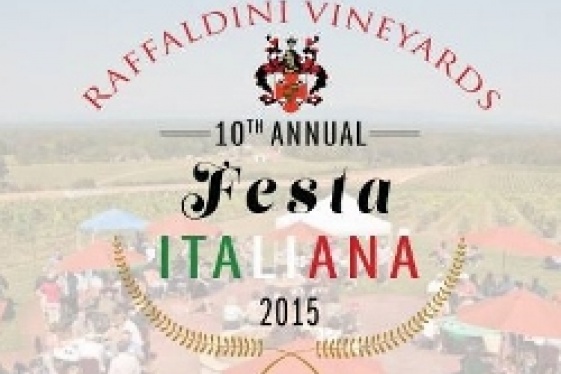

WTI Magazine #83 2016 September 16
Author : Jennifer Gentile Martin for www.vinotravelsitaly.com Translation by:
With so much talk of rosé this summer, and every summer for that fact, it totally makes sense that our Italian Food Wine & Travel group (#ItalianFWT) is highlighting rosé wines of Italy from any region while some of our food and travel writers are choosing from a couple regions, Tuscany or Puglia, to share their stories as these are also a couple big regions for rosé production as well. Although, more and more it seems rosé is starting to make its way on the wine scene from many producers.
How exactly is a rosé produced?
How often are you in the mindset to pour a glass or rosé? Is it only when the weather is warm and nice out to pick up a refreshing glass to cool you down? It's interesting to me that for many this is the case, but rosé is a very versatile wine and can really be enjoyed any time of year. There are plenty of folks out there that will drink white wine in the winter months so why not a rosé?
There are many shades to rosé depending on a couple of factors including the grape used in the production and the winemaker's choice on the length of time the skins macerate with the juice. They may macerate those skins for a couple hours or a few days. The longer the maceration of the skins with the juice, the deeper the color.
How long should I hold onto a bottle of rosé?
Rosé wines aren't wines you'll want to hold onto. I'd recommend drinking them upon purchase or at least within a year of production. With rosé, the fresher the better. It's not a wine you'll want to store that will get better with age.
So which rosé should I seek out in Italy?
Lucky you, there are wide variations from north to south in Italy to have your pickings of a rosé to enjoy. Depending on the region you choose as well as the grape that is primarily used in the production of that wine, will determine the style of rosé. I'm generalizing a bit here, but you'll find more softer, delicate, crisp rosé from northern Italy vs. fuller bodied, ripe, fruit forward rose of southern Italy due to the more intense heat.
There isn't just one region, except for Puglia, that stands out when discussing the rosé wines from Italy. Below is a list of just some rosé wines found from a variety of different regions in Italy, but of course you'll also see wine producers making rosé from grapes that they are growing also. This is just to give you an idea of some rosé produced throughout Italy.
Puglia ~ Some of the best rosé produced in Italy comes from Puglia, in particular from the area of Salento. Rosé wines in Puglia may be produced from the negro amaro, primitivo or aglianico grapes.
Abruzzo ~ Rosé in Abruzzo is known as cerasuolo d'abruzzo and is produced from the montepulciano grape.
Tuscany ~ Your most popular grape here for rosé will most likely be sangiovese. There are even some producers in the US producing rosé from sangiovese that I'm interesting in seeking out myself.
Valle d'Aosta ~ Rosé in the Valle d'Aosta is made from the premetta grapes.
Sicily ~ Rosé wines in Sicily can be made from the frappato, nerello mascalese or nerello cappuccio or even nero d'avola grapes.
Alto Adige ~ A fuller style rosé produced in Alto Adige you may find from the lagrein grape.
Veneto/Lombardia ~ Rosé from these two regions can be found around Lake Garda, but where exactly determines the grapes. It may be from the marzemino or corvina grapes, but most popular of all is the bardolino chiaretto.
You may be interested
-
A Week in Emilia Romagna: An Italian Atmosp...
The Wine Consortium of Romagna, together with Consulate General of Italy in Boston, the Ho...
-
Cooking With Italian Red Wine
Wine has a long, rich history as a cooking liquid. One of the early "cookbooks," compiled...
-
Il Console Generale Usa: su turismo e seta s...
In mattinata ha incontrato il sindaco di Como, Mario Lucini, assieme all'assessore Gisella...
-
Lecture and Concert that bring Italy to New...
Saturday, february 28 - 7 pm ESTChrist & Saint Stephen's Church - 120 W 69th St,...
-
Pavarotti. Il mondo di Big Luciano. Anteprim...
Il mondo di Luciano Pavarotti e la sua grande carriera di cantante lirico rivivranno il 23...
-
Raffaldini Vineyards' 10th Annual Festa Ital...
Saturday September 19, 11 AM/5 PM - Raffaldini Vineyards & Winery - 450 Groc...
-
Small and Medium Enterprises as the Italian...
by Claudia Astarita A recent study on 120 artisan SMEs of excellence – conducted...
-
Sons of Italy Wine Tasting Series
Saturday, August 1 - 12.30 EDT / Valenzano Winery - 1090 Route 206, Shamong, New...










